What Is a Good Turnitin Score? It’s More Than a Number

If you've ever submitted an assignment through Turnitin, you’ve probably held your breath waiting for that similarity score to pop up.
Maybe you saw 8% and felt proud. Or maybe it said 38% and you panicked. But here’s the thing: a Turnitin score isn’t just a “pass or fail” number. It’s a tool—and like any tool, it’s most useful when you understand how to read it.
So, what’s a “good” Turnitin score? Let’s break it down.
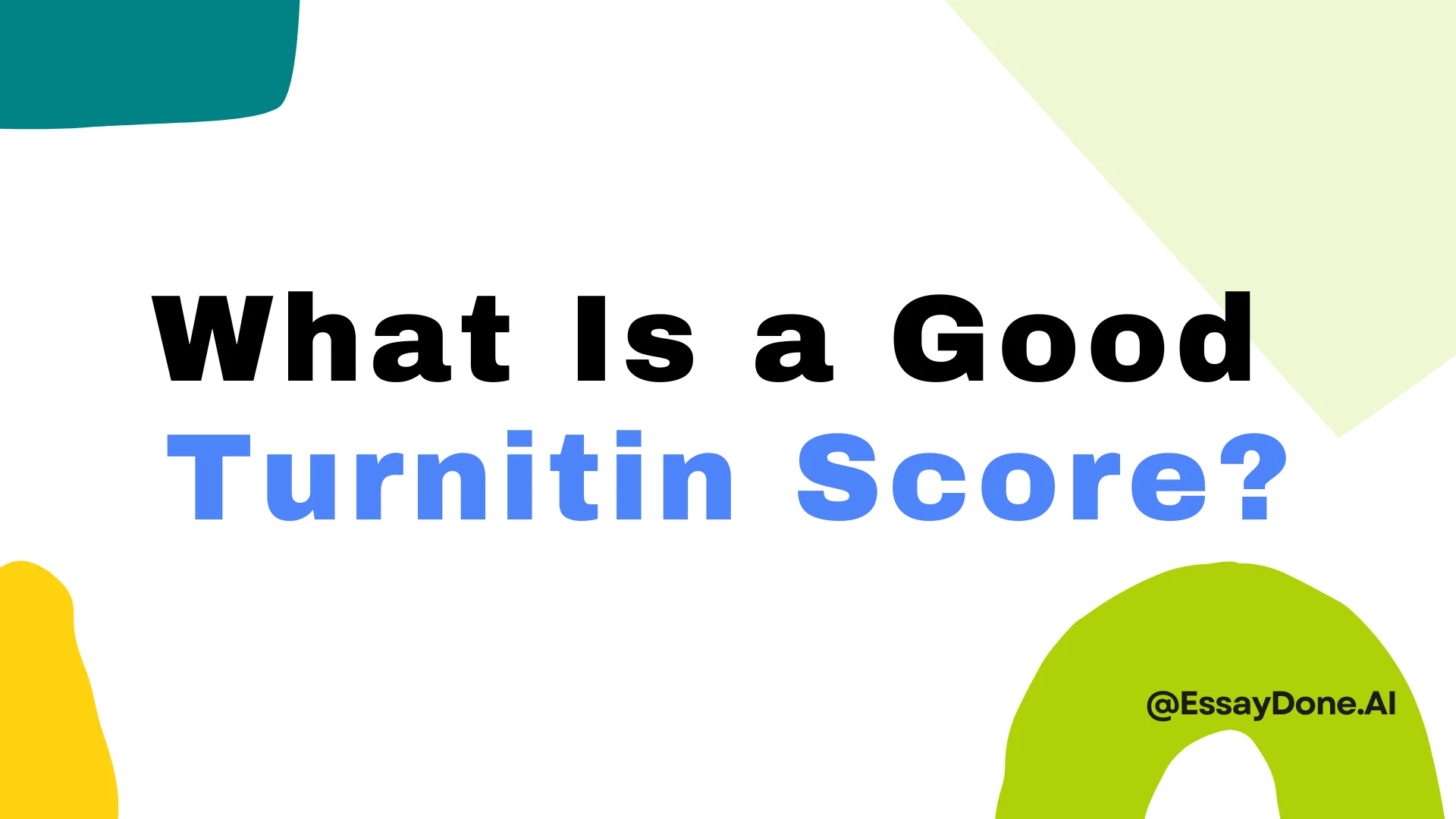
What Is a Good Turnitin Score?
Before we try to answer that question, let’s slow down and look at what Turnitin score is actually showing us.
When you submit a paper to Turnitin, you usually get two reports: the Similarity Report and, more recently, the AI Writing Report. They are measuring very different things.
The Similarity Score helps you determine what percentage of your submitted work matches existing sources, such as academic papers, websites, and prior student submissions, so you can manage in-text citations and the bibliography accordingly.
The AI Writing Report, on the other hand, is Turnitin’s attempt to flag content that may have been generated by artificial intelligence tools like ChatGPT. This is a newer feature.
So before we can say what a "good" score is, we need to understand what these two reports really mean. Let’s break how Turnitin detect the content first—then we’ll come back to that big question.
What Is a Good Turnitin Similarity Score?
First of all, it is clear that Turnitin does not judge whether a paper is plagiarized.
What Turnitin does is generate a similarity report, which highlights where your writing matches content from its database — a database that includes student submissions, published academic material, and online content.
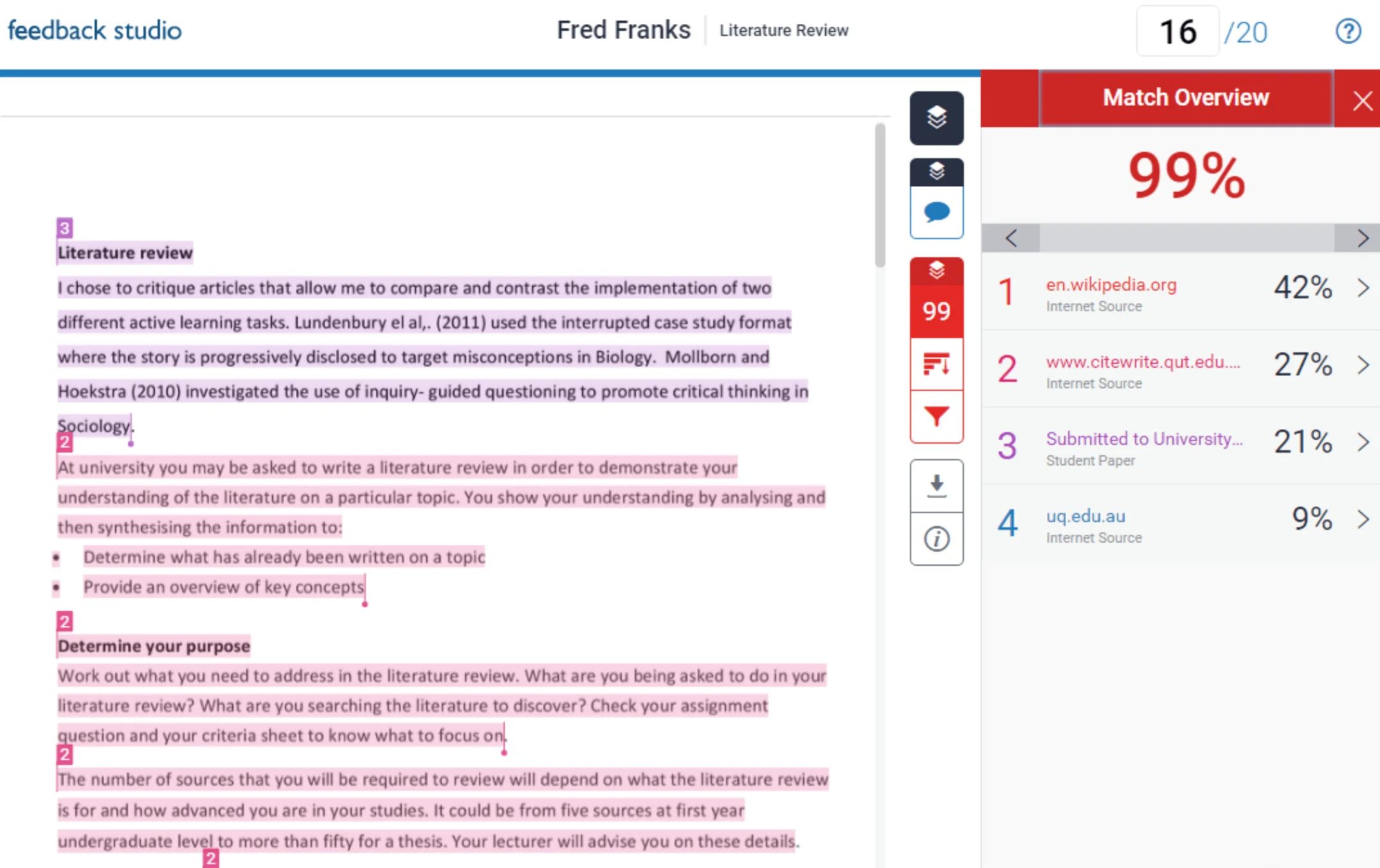
What Is the Similarity Score?
The Similarity Score is a percentage that indicates how much of your document matches existing content in Turnitin’s system.
It’s calculated like this:
Similarity % = (Matched words ÷ Total words in the document) × 100
For example, if 200 words out of a 1,000-word essay are found to match other sources, the similarity score would be 20%.
But the similarity score alone doesn't tell the full story. You’ll need to open the full report to understand what those matched words are.
What Are the Main Factors That Affect the Score?
Several scenarios can increase your similarity score — some of which are completely acceptable, and others that may raise red flags.
Here are the key factors:
Quoted Text or Block Matching: Turnitin will mark any exact quotes, even when cited correctly, as similar. These aren’t bad matches, but they do raise the percentage.
Bulk Word Matching: If you’ve copied large blocks of text or closely paraphrased content, the score will climb.
Checkerboard Matching: Alternating copied and original content in a pattern (e.g. every other sentence) may trigger suspicion in the report.
Qualitative Matching: Turnitin doesn’t just match words — it looks at phrasing and structure too. So if your writing too closely mimics a source’s style, even without exact matches, it may still get flagged.
Document Type and Length: Research-heavy or longer papers are naturally more likely to score higher due to more cited references.
Citations and References: Even correct citations contribute to the percentage, though they’re usually easy to verify and not penalized.
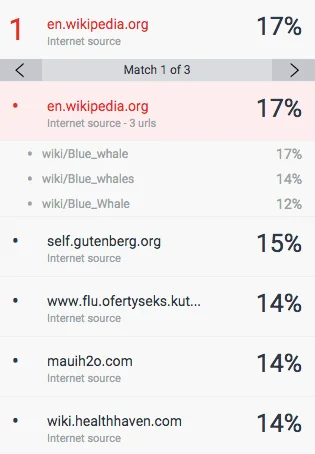
What Do the Colors of the Similarity Score Mean?
Turnitin uses color indicators to make it easy to scan for the level of similarity. The display may vary slightly depending on the platform (classic Feedback Studio or My Files), but the meaning is consistent:
Similarity Score Range | Classic Assignments (Feedback Studio) | "My Files" View |
0% matching text | Blue | Green |
1–24% matching text | Green | Blue |
25–49% matching text | Yellow | Yellow |
50–74% matching text | Orange | Orange |
75–100% matching text | Red | Red |
You can see that orange and red are the most alarming cases, but that doesn’t automatically mean there’s plagiarism. It can result from properly cited material, earlier drafts submitted to Turnitin, common academic phrases, or someone else submitting your work first. For larger works, the percentage is often rounded down, which could obscure high matching text. Consequently, close scrutiny of the full report, and not just the percentage, is essential.
So, What Kind of Similarity Report Score Is Reasonable?
At this point, we can confirm: There is no universal “perfect” similarity score. Every institution, assignment, and instructor has different expectations.
That said, a score between 15–20% is generally considered safe in many academic settings — especially for research-based assignments that require source use.
But here’s the catch: it’s not just the number — it’s the breakdown that matters.
Let’s look at a few examples:
A 35% score might look scary, but if 30% comes from properly cited quotations, the “real” risk is just 5%.
A 19% score might seem perfect, but if most of it comes from a single uncited paragraph copied from an online source, it could be serious.
A low score (like 0%) might even raise questions if your instructor expects you to use research — because it may indicate a lack of supporting evidence.
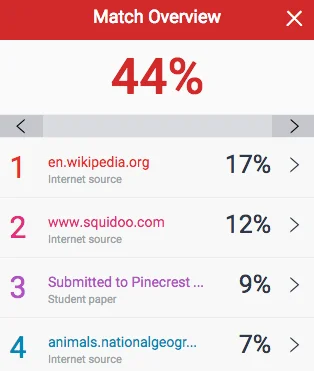
In short, don’t just chase a low score — aim for a high-quality paper. Use the Similarity Report as a feedback tool, not a scoreboard.
Special Cases:
Large Document Submission:
A very large document may show a 0% similarity score because the score is rounded down, even though the report contains some matched text.Multiple Drafts Submitted:
Submitting several drafts of the same paper to your institution’s private repository can cause the final draft to score 100%, as it matches earlier versions.Someone Else Submits Your Work First:
If another person submits your document before you, their submission might get a low similarity score (e.g., 25%), but when you submit the original later, Turnitin shows a 100% similarity score.
What is a Good Turnitin AI Writing Score?
Now that we’ve covered how Turnitin calculates similarity scores, let’s turn to how it scores AI-generated writing. When you open a Turnitin Similarity Report, you’ll notice a separate AI Writing indicator in the side panel. This feature is designed specifically to detect text that may have been generated or modified by AI tools like ChatGPT or paraphrasing software. It’s independent of similarity scores, so it requires a separate explanation.
The AI indicator generally shows one of three states:
Blue (with a percentage, either 0 or between 20 and 100): This percentage reflects how much of the text Turnitin’s AI detection model believes was generated by AI.
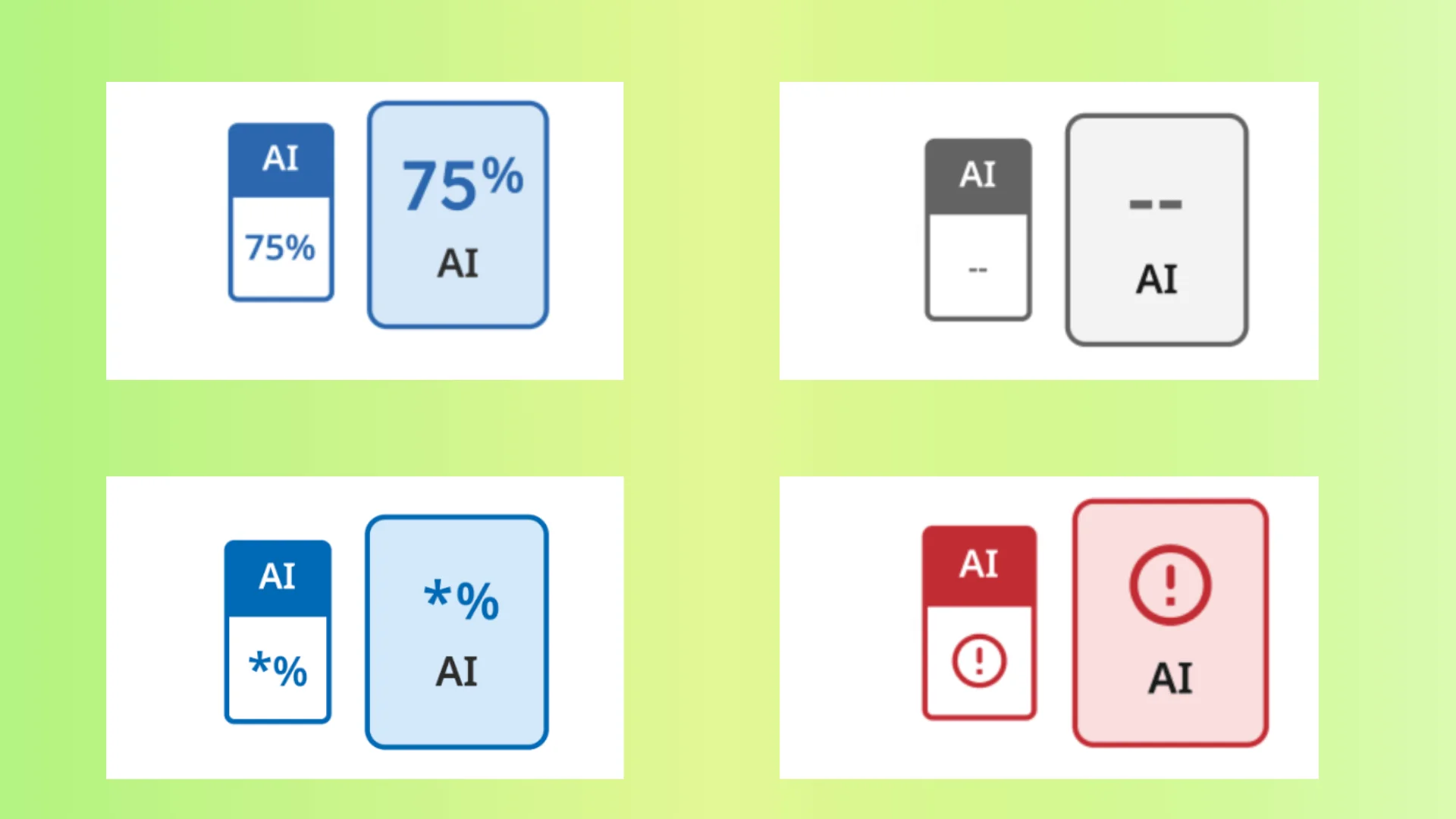
Gray (no percentage displayed, shown as “- -”): This means the AI detection was unable to process the submission. This can happen if the paper was submitted before Turnitin introduced AI detection or if the file doesn’t meet technical requirements.
Error (!) indicator: This indicates processing failed, which is rare but can occur due to technical issues.
Scores between 1% and 19% are marked with an asterisk (*%) because false positives — where human writing is mistakenly flagged as AI-generated — are more common in this range. To avoid confusion, Turnitin does not show the exact percentage nor highlight AI-detected text for these scores.
And when you check your essay, the AI report divides detected AI content into two categories:
AI-generated only: Text likely created directly by an AI language model. This content is highlighted in cyan.
AI-paraphrased text: Text that was likely generated by AI and then modified using AI paraphrasing tools, such as Quillbot. This content is highlighted in purple.
So, What Is an Acceptable AI Score?
Like similarity scores, there’s no fixed “good” AI score. A 0% AI score means no AI-generated text was detected, which many instructors prefer. However, a small amount of AI-detected text doesn’t automatically imply misconduct—it may reflect overlap between your writing and AI training data or legitimate use of AI tools for minor edits.
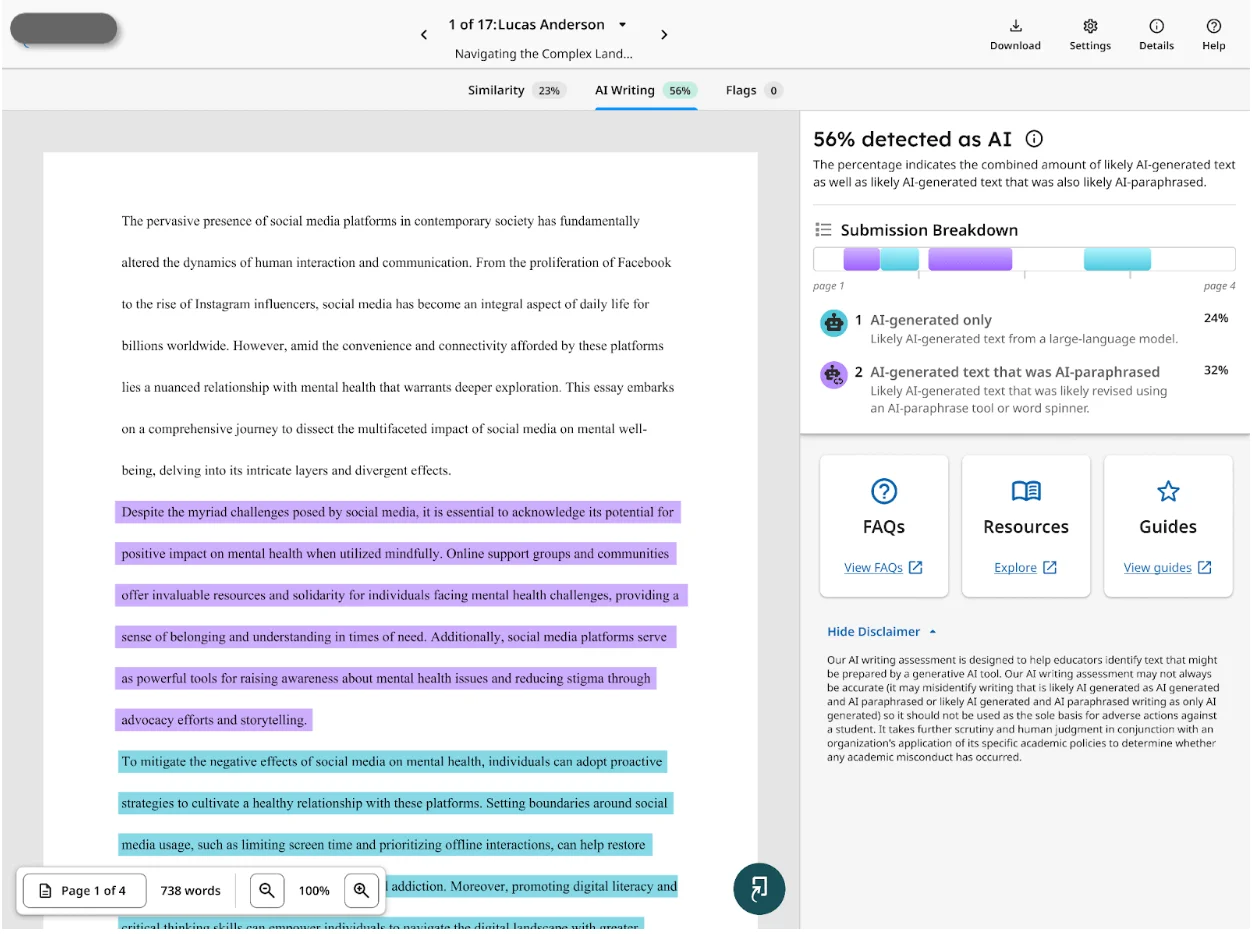
A high AI score (e.g., above 20%) might suggest that a significant portion of the submission was written or heavily edited by AI, which could be problematic depending on your institution’s policies.
How Do Teachers View a Good Turnitin Score?
When it comes to acceptable Turnitin similarity scores, opinions among educators vary widely. Based on discussions from platforms like Reddit, we can observe a range of perspectives on what constitutes a “good” or acceptable similarity percentage.
Many teachers emphasize that context matters more than the raw percentage. For example, one educator noted that Turnitin can highlight matches that don’t necessarily indicate plagiarism, such as properly cited quotations or common phrases. Another shared that low similarity scores do not guarantee originality, as some students with low percentages have still plagiarized, while others with high percentages might not have.
Several educators discourage setting strict percentage thresholds. Instead, they focus on what exactly Turnitin highlights — whether it’s a few common words or entire sentences and paragraphs copied without attribution. Some have pointed out that:
A low percentage (e.g., 5%) could still include problematic copying if exact sentences are copied without citation.
A higher percentage (e.g., 35-40%) might mostly include quoted material or properly cited sources, which is not plagiarism but could suggest weak original argumentation.
One common theme is that there is no universally “safe” percentage. Instead, instructors recommend reviewing the highlighted text carefully to judge whether plagiarism has occurred. Some suggest rules like “no more than half a sentence should be flagged as too similar,” while others say the focus should be on teaching students not to plagiarize at all, regardless of the similarity score.
In summary, the consensus is that the Turnitin score alone is an imperfect measure. Educators prefer to interpret the report with nuance, looking at the specific matches and how they relate to academic integrity.
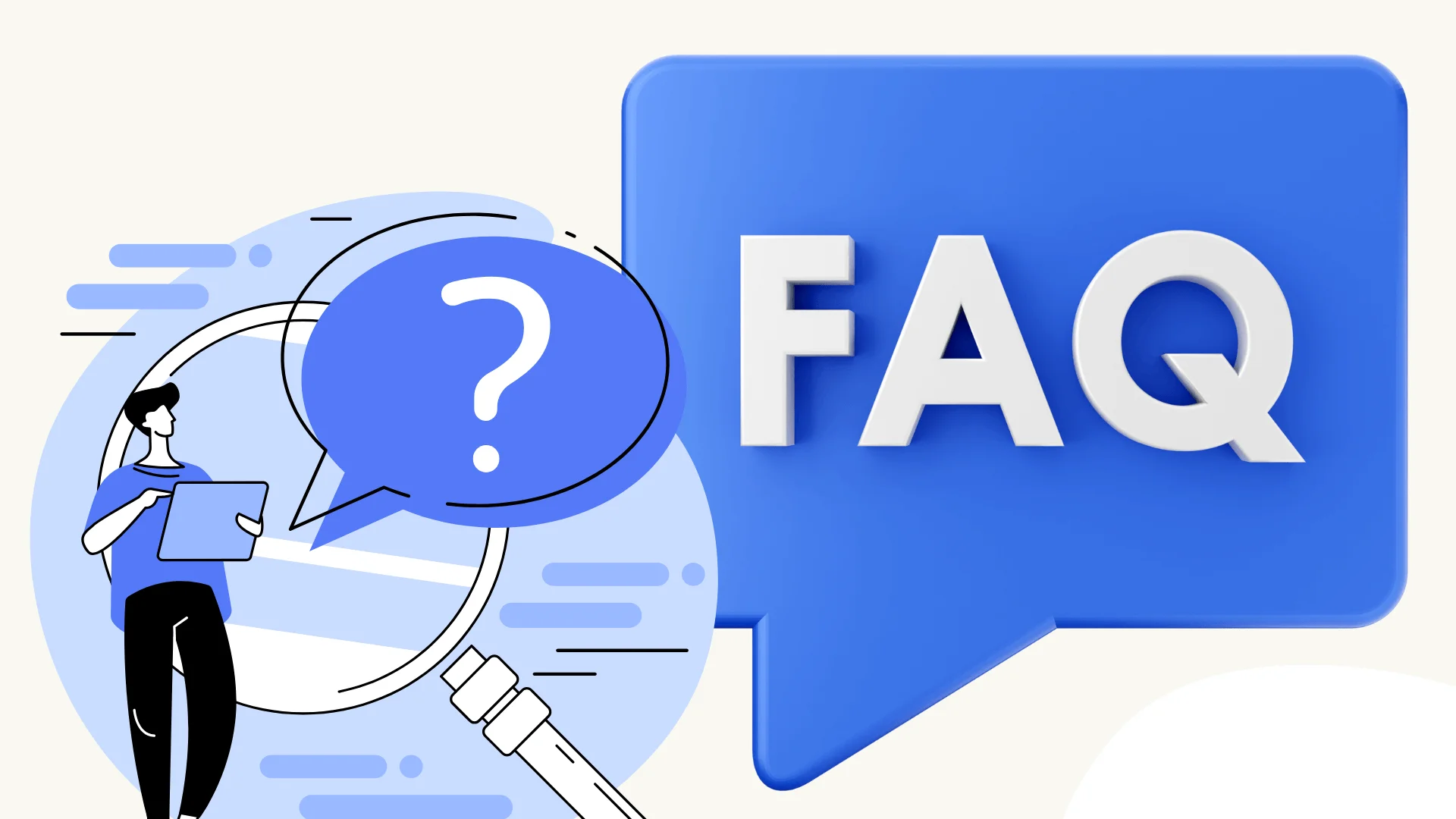
FAQ:
Q: How do I get a 0% similarity on Turnitin?
A: Use entirely original wording, avoid copied phrases, and cite all sources properly. However, 0% isn’t usually necessary and may even mean your paper lacks proper citations.
Q: What is an acceptable similarity percentage on Turnitin?
A: It depends on the context, but generally, 15–20% is considered reasonable.
Q: Is 25% too high on Turnitin?
A: Not necessarily. If the 25% comes from properly cited quotes, references, or common phrases, it may still be acceptable. Always check what content is being matched.
Q: Is a 40% Turnitin score very bad?
A: It could be concerning if much of the text is unoriginal or uncited. However, if most of it is properly referenced, it may be acceptable—especially for research-heavy assignments.
Q: Is a Turnitin score of 7 ideal?
A: Yes, 7% is generally low and safe. Still, even low scores should be reviewed for any uncited or improperly paraphrased content.
Conclusion
At the end of the day, the question of what counts as a “good” Turnitin score—whether for similarity or AI detection—doesn’t have a one-size-fits-all answer. These scores are simply tools to highlight potential issues, not definitive judgments. What truly matters is how your instructors interpret the report. A high score isn’t always a problem, and a low score doesn’t automatically mean everything is perfect. Always take the time to review what’s being flagged, ensure your sources are properly cited, and most importantly, write in your own voice. That’s what makes your work truly original—and academically sound.
